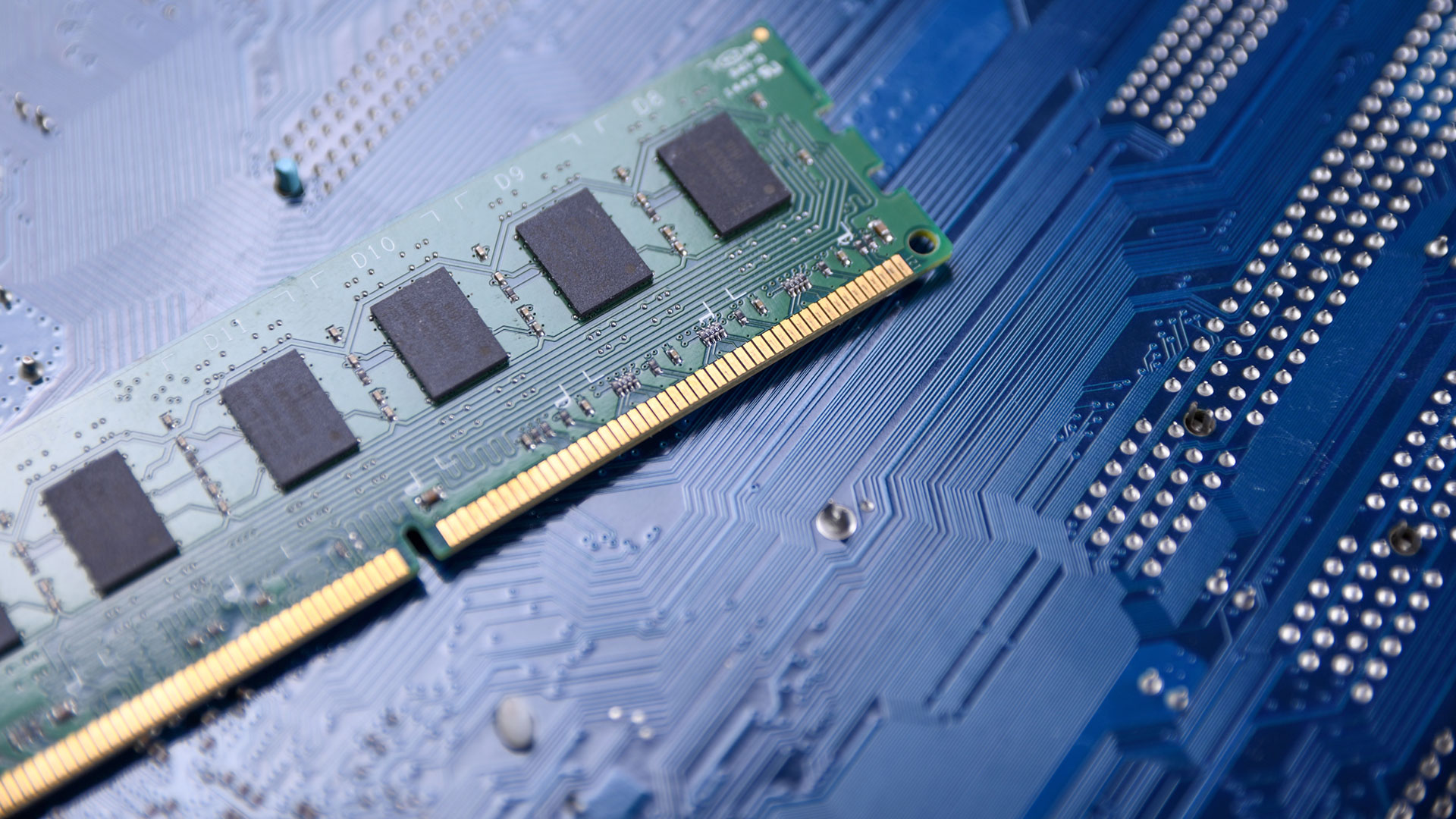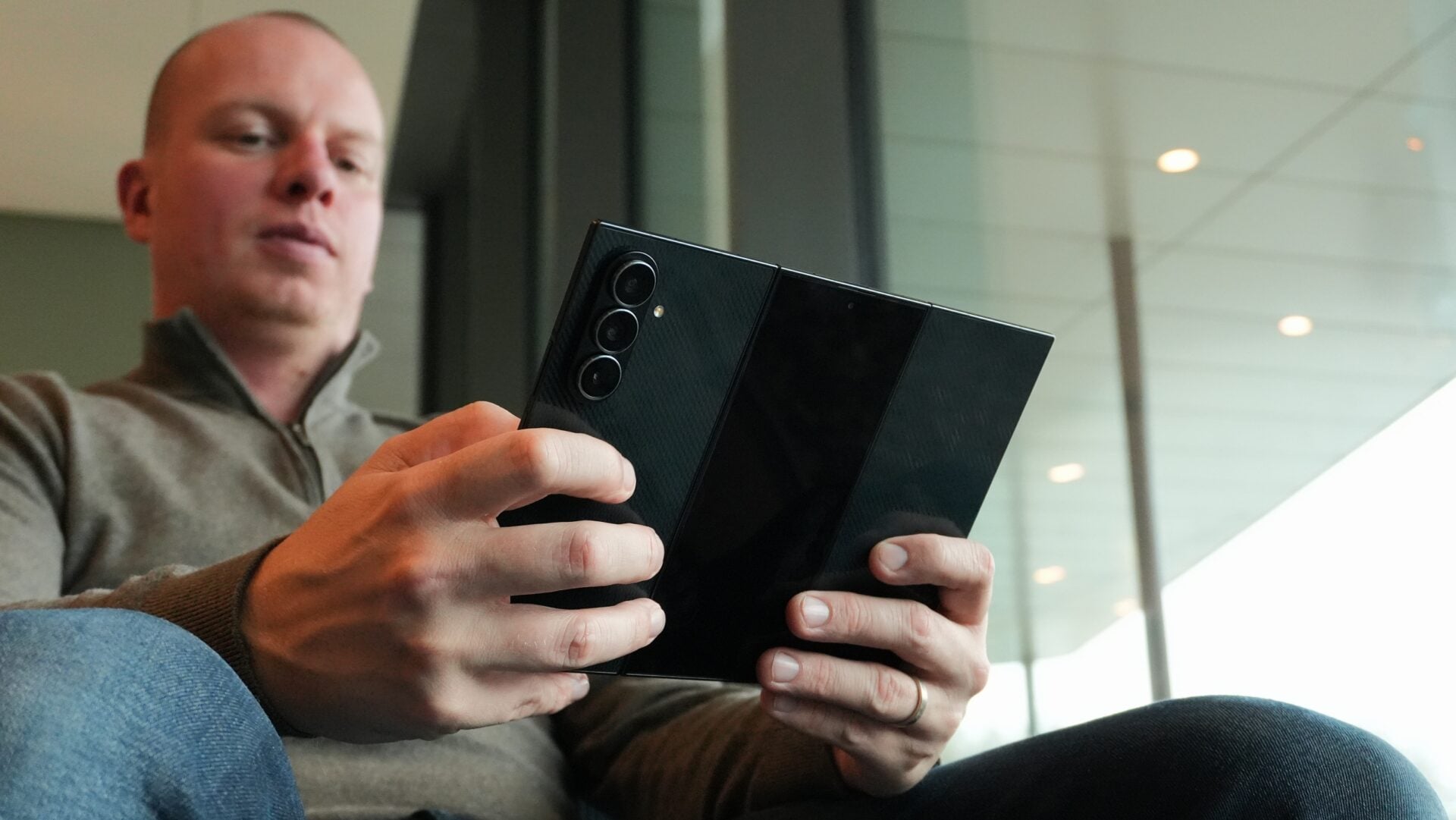
Samsung and SK hynix are finally retiring their respective DDR3 production lines for good, according to reports from IT Home. The two Korean memory manufacturers will reportedly stop supplying DDR3 memory to the market by the second half of this year. Both companies are making this change in response to growing demand for AI-optimized HBM3 memory, so Samsung and SK hynix are focusing on more lucrative markets.
It is crazy to think that DDR3 is still around, but DDR3 is still used today for niche applications that don’t require bleeding edge DDR5 or even DDR4 memory. These devices mostly include cheaper/less complex embedded applications, including Wi-Fi routers and switches.
Given the profit margins, it’s no surprise Samsung and SK hynix are canceling DDR3 production in favor of DDR5 and HBM3 memory types. SK hynix has confirmed that HBM3 memory demand in particular is spiraling out of control thanks to the AI boom. SK hynix’s HBM supply is reportedly sold out for 2024 and most of 2025, leading to a 5–10 percent price hike next year for all HBM (HBM2E, HBM3, and HBM3E) memory types. Samsung has yet to publish its HBM bookings but we expect Samsung to be in the same predicament.
The intense HBM demand is expected to more than double HBM’s market share by 2025, going from 2% in 2023 to 5% in 2024 and then to 10% in 2025. Even DDR5 memory is being impacted by HBM demand and will reportedly see a 20% price hike, as the top three memory manufacturers shift manufacturing priority to HBM.
The server and PC markets have long since moved away from DDR3, which first launched in 2007. DDR4 has been around since 2014, with DDR5 arriving in 2020. It’s no surprise then that Samsung and SK hynix are finally ready to remove DDR3 from their production lines completely. While DDR3 may still be used in certain devices, demand for DDR5 and HBM is much higher and more profitable, so they understandably have top priority.
That’s not to say that DDR3 production will completely cease, even though Samsung and SK hynix are leaving that sector. Micron and Nanya continue to produce limited quantities of DDR3 memory. The exit of Samsung and SK hynix from the DDR3 market could help elevate DDR3 pricing as production tapers off. Even that will only go so far, as there’s not enough demand for older memory types to keep them around. To that end, DDR3 pricing is expected to rise continuously but slowly until it gets phased out completely.






